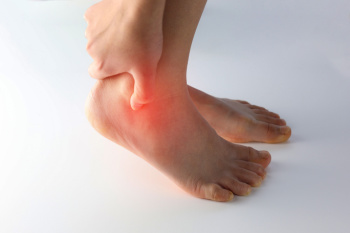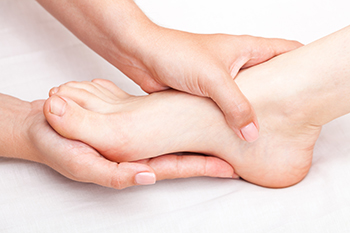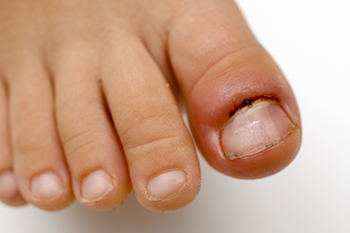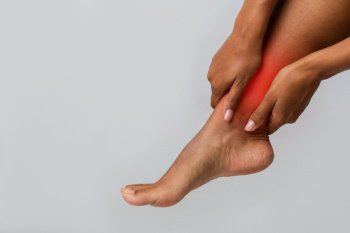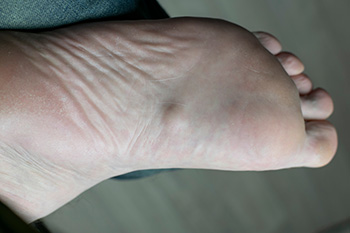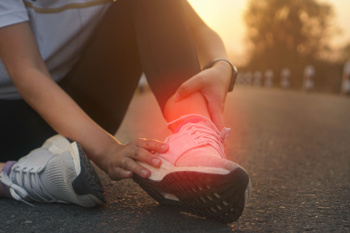
An ankle sprain injury occurs when the ligaments supporting the ankle stretch or tear, typically due to sudden twisting or rolling of the foot. This injury is frequent in sports and physical activities but can also result from uneven surfaces or wearing unsupportive footwear. The most commonly affected ligaments are on the outside of the ankle, which are more vulnerable when the foot rolls inward. Symptoms often include pain, swelling, bruising, and difficulty bearing weight. To diagnose an ankle sprain, a podiatrist will perform a physical examination and assess the range of motion, stability, and tenderness. Imaging studies, such as an X-ray or MRI scan, may be used to rule out fractures or more serious ligament damage. If you have injured your ankle, it is suggested that you promptly contact a podiatrist who can provide an accurate diagnosis and treatment.
Although ankle sprains are common, they aren’t always minor injuries. If you need your ankle injury looked at, contact Alex Kim, DPM from AVID Foot & Ankle Center. Our doctor can provide the care you need to keep you pain-free and on your feet.
How Does an Ankle Sprain Occur?
Ankle sprains are the result of a tear in the ligaments within the ankle. These injuries may happen when you make a rapid shifting movement while your foot is planted. A less common way to sprain your ankle is when your ankle rolls inward while your foot turns outward.
What Are the Symptoms?
- Pain at the sight of the tear
- Bruising/Swelling
- Ankle area is tender to touch
- In severe cases, may hear/feel something tear
- Skin discoloration
Preventing a Sprain
- Wearing appropriate shoes for the occasion
- Stretching before exercises and sports
- Knowing your limits
Treatment of a Sprain
In many cases, the RICE method (Rest, Ice, Compression, and Elevate) is used to treat ankle sprains. However, you should see a podiatrist to see which treatment option would work best with your injury. In severe cases, surgery may be required.
It is important to ask your doctor about rehab options after you receive treatment for your injury. Stretching, strength training, and balance exercises may help the ankle heal while also preventing further injury.
If you have any questions, please feel free to contact our office located in Little Elm, TX . We offer the newest diagnostic and treatment technologies for all your foot care needs.
